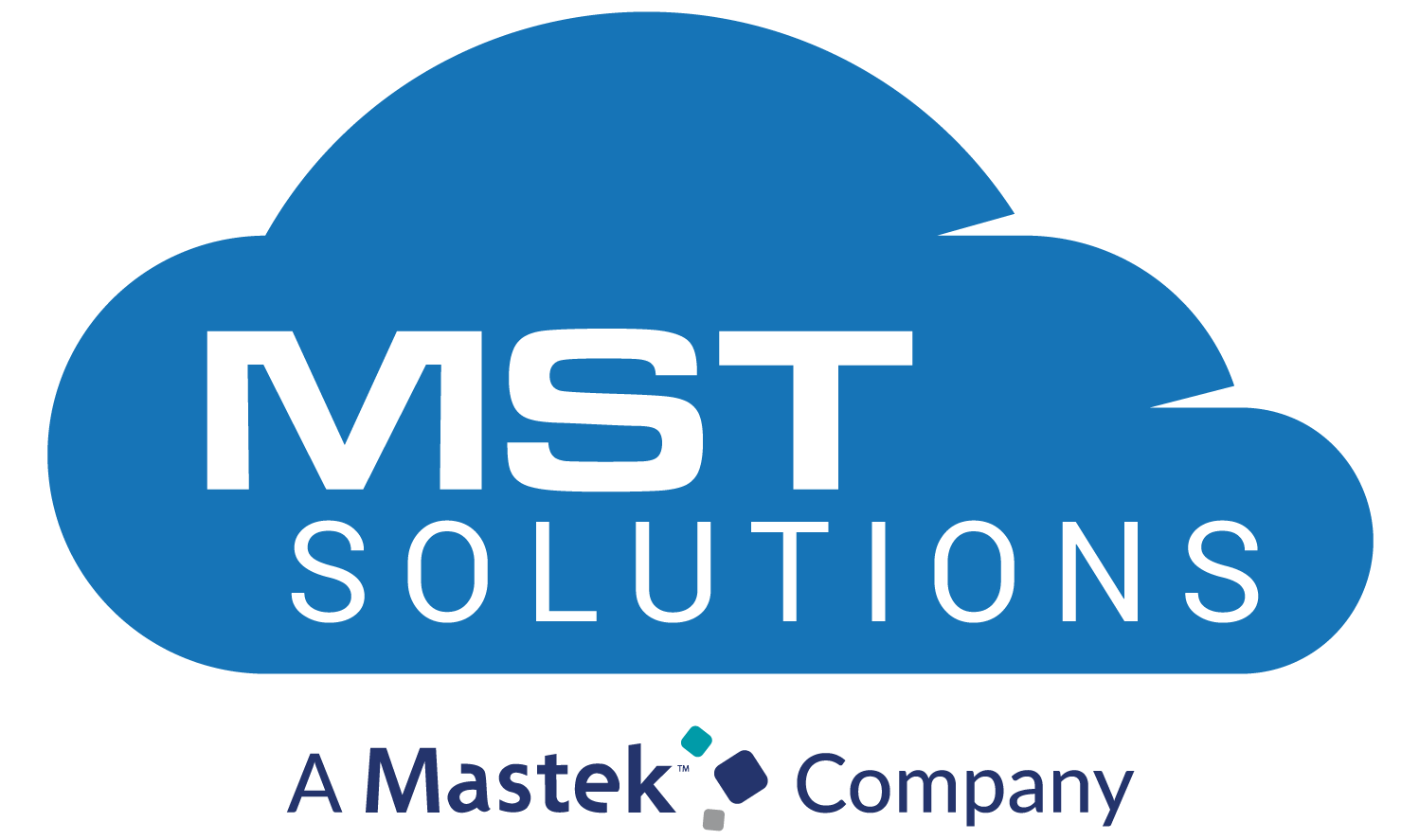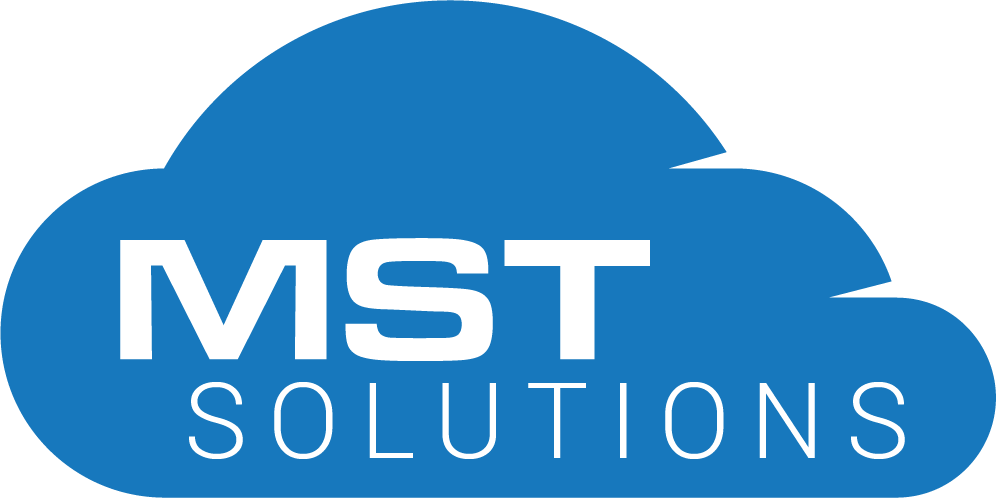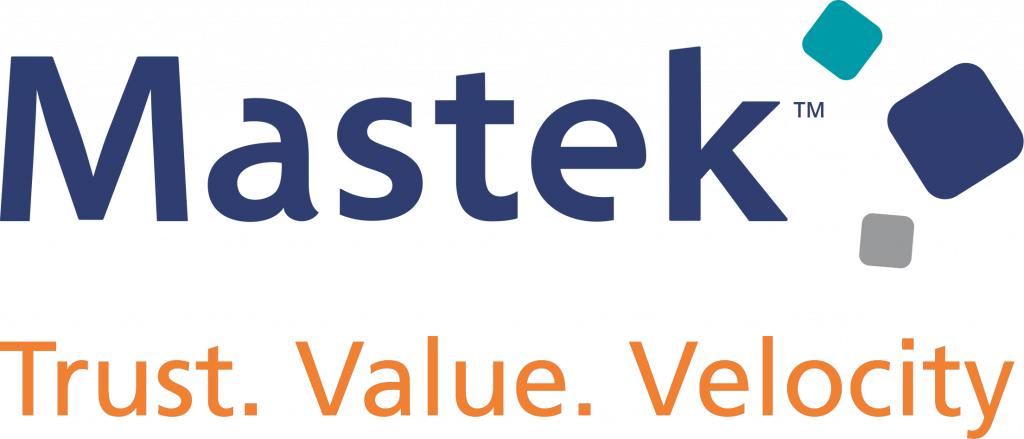User Permissions:
- User permissions specify what tasks users can perform and what features users can access
- For example, users with the “View Setup and Configuration” permission can view Setup pages, and users with the “API Enabled” permission can access any Salesforce API
- You can enable user permissions in permission sets and custom profiles.
- In permission sets and the enhanced profile user interface, these permissions—as well as their descriptions—are listed in the App Permissions or System Permissions pages
- In the original profile user interface, user permissions are listed under Administrative Permissions and General User Permissions
- To view permissions and their descriptions, from Setup, enter Permission Setsin the Quick Find box, then select Permission Sets, then select or create a permission set. Then from the Permission Set Overview page, click App Permissions or System Permissions.
Lightning Web Components:
- Lightning Web Components is a new programming model for building Lightning components.
- It leverages the web standards breakthroughs of the last five years, can co-exist and interoperate with the original Aura programming model, and delivers unparalleled performance.
Any Time you struggled to get a user permission in LWC Component? Simple Solution We have in Salesforce now.
- Customize a component’s behaviour based on whether the current user has a specific permission.
- To check a user’s permission assignment, import Salesforce permissions from @salesforce/userPermissionand @salesforce/customPermission scoped modules.
Where we can use it? Any Restrictions?
- Lightning Web components in Lightning Experience in any version.
Why Do We need permission in LWC?
- Develop Lightning web components to behave a certain way based on the current user’s permissions.
Ways to Implement this feature in code:
- To check whether a user has a permission, import a static reference to the permission and evaluate whether it is trueor false.
import hasPermission from ‘@salesforce/userPermission/PermissionName’;
We chose the format hasPermission to indicate that the reference contains a boolean.
This sample code checks whether the current user has the View Setup standard permission.
// example.js
import { LightningElement } from ‘lwc’;
import hasViewSetup from ‘@salesforce/userPermission/ViewSetup’;
export default class Example extends LightingElement {
get isSetupEnabled() {
return hasViewSetup;
}
openSetup(e) {…}
}
//Example.html
<template>
<setup-panel-group>
<setup-button disabled={isSetupEnabled} onclick={openSetup}></setup-button>
</setup-panel-group>
</template>
With Namespace:
- Custom permissions can include a namespace. Orgs use namespaces as unique identifiers for their own customization and packages.
- If the custom permission has a namespace, you must prepend the namespace followed by __to the permission name.
import hasPermission from ‘@salesforce/customPermission/PermissionName’;
import hasPermission from ‘@salesforce/customPermission/namespace__PermissionName’;
This sample code checks whether the current user has the ViewReport custom permission installed from a managed package with the mst namespace.
// example.js
import { LightningElement } from ‘lwc’;
import hasViewReport from ‘@salesforce/customPermission/ mst __ViewReport’;
export default class Example extends LightingElement {
get isReportVisible() {
return hasViewReport;
}
}
//example.html
<template>
<common-view></common-view>
<template if:true={isReportVisible}>
<c-expense-report></c-expense-report>
</template>
</template>




